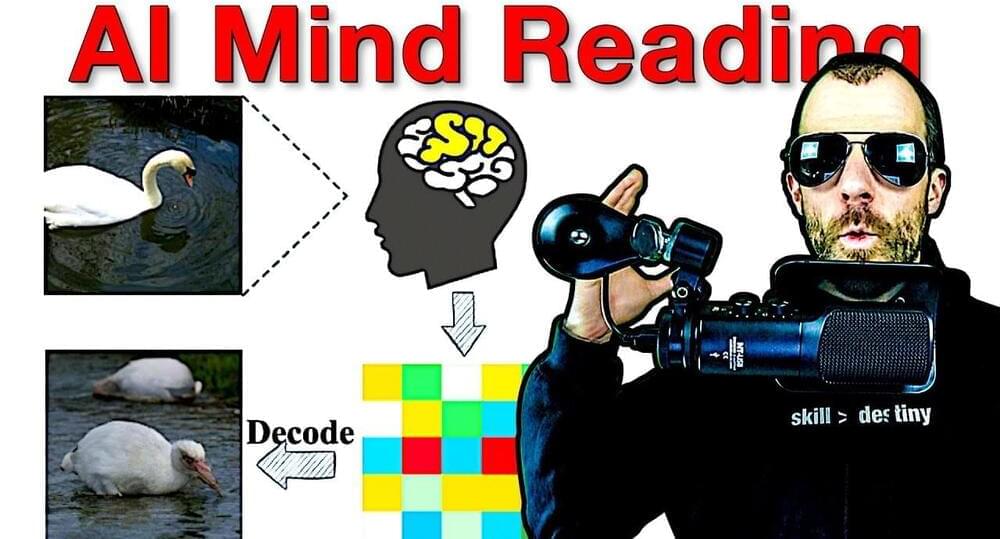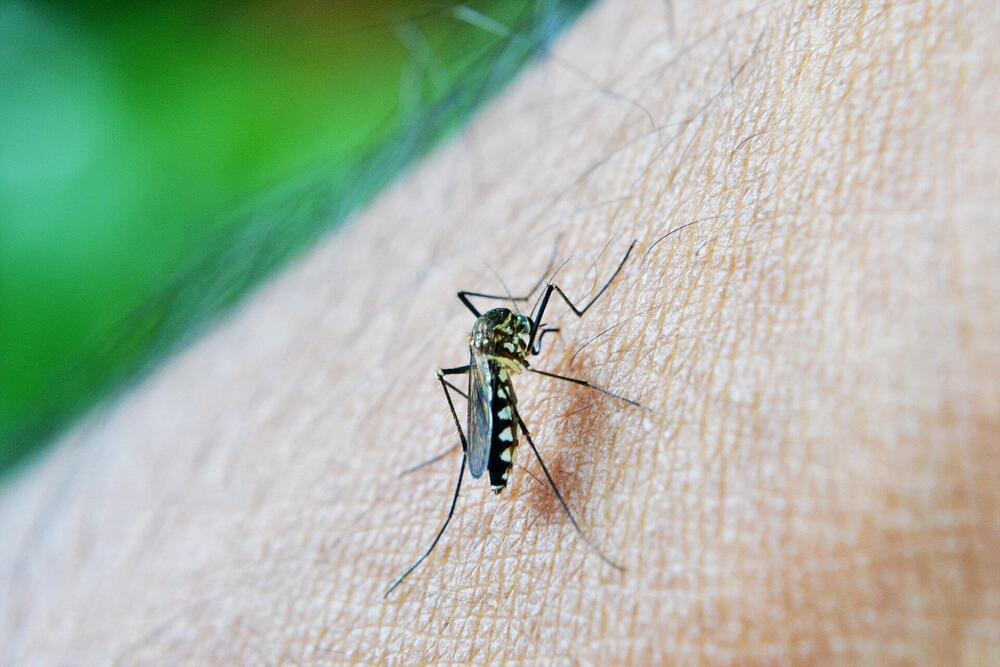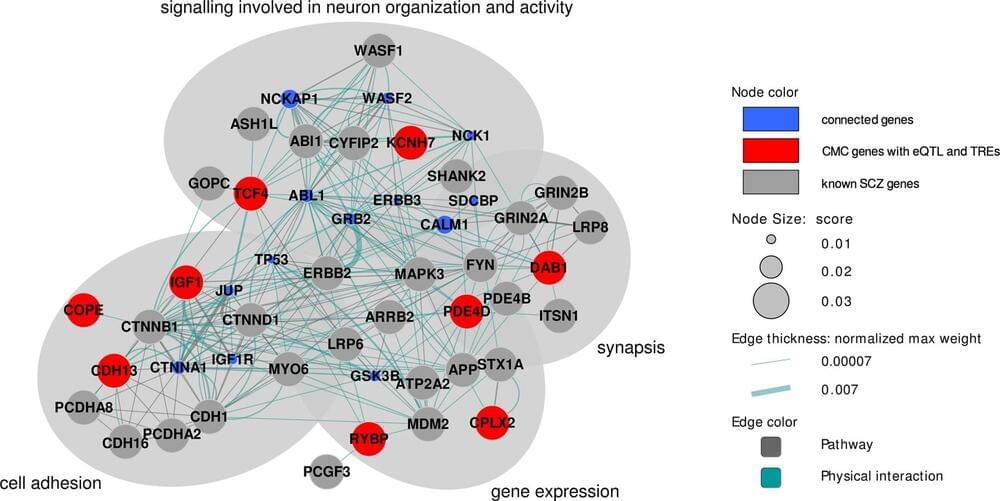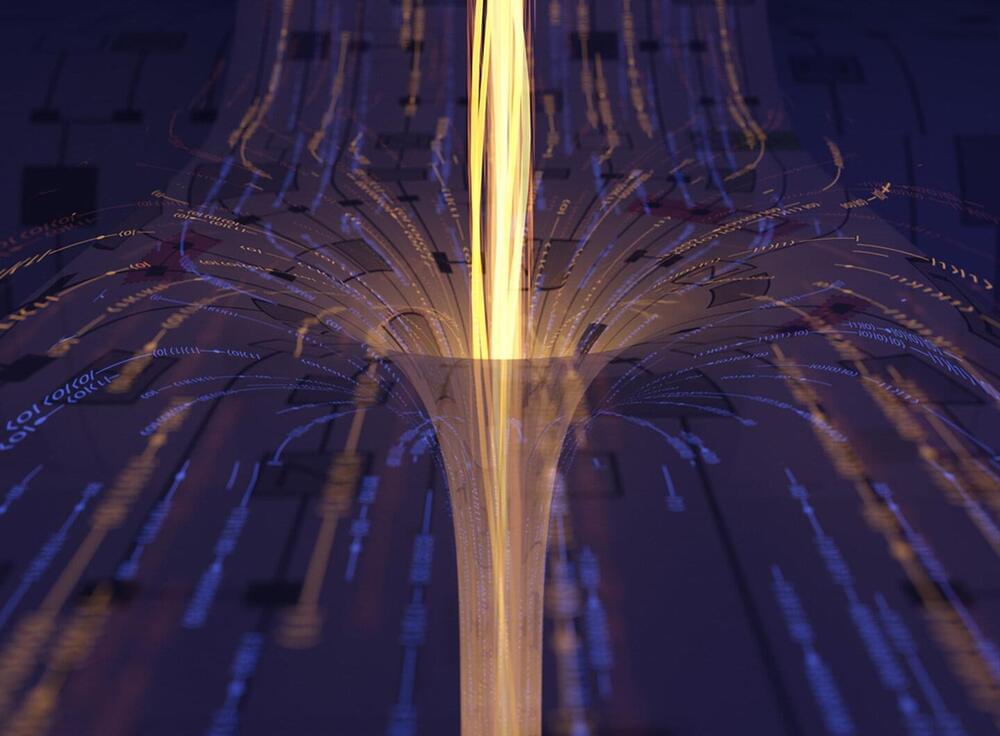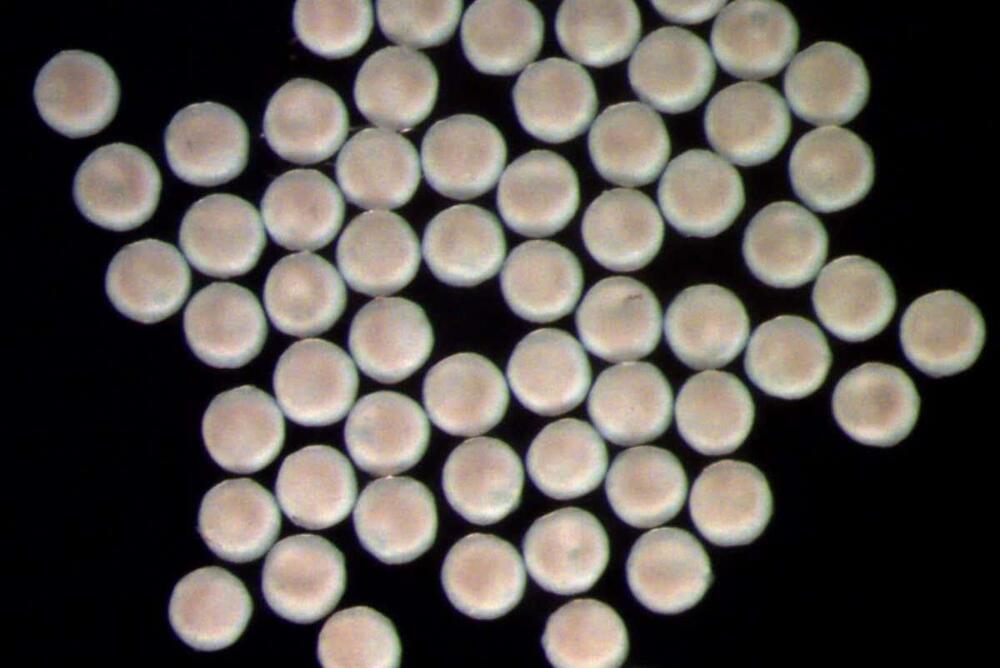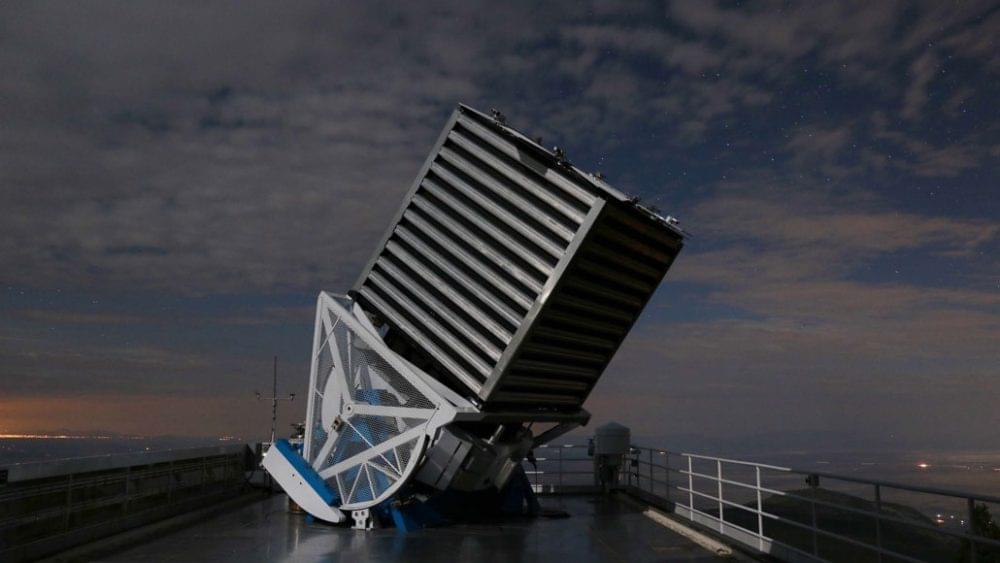Your weekly news from the AI & Machine Learning world.
OUTLINE:
0:00 — Introduction.
0:25 — AI reads brain signals to predict what you’re thinking.
3:00 — Closed-form solution for neuron interactions.
4:15 — GPT-4 rumors.
6:50 — Cerebras supercomputer.
7:45 — Meta releases metagenomics atlas.
9:15 — AI advances in theorem proving.
10:40 — Better diffusion models with expert denoisers.
12:00 — BLOOMZ & mT0
13:05 — ICLR reviewers going mad.
21:40 — Scaling Transformer inference.
22:10 — Infinite nature flythrough generation.
23:55 — Blazing fast denoising.
24:45 — Large-scale AI training with MultiRay.
25:30 — arXiv to include Hugging Face spaces.
26:10 — Multilingual Diffusion.
26:30 — Music source separation.
26:50 — Multilingual CLIP
27:20 — Drug response prediction.
27:50 — Helpful Things.
ERRATA:
HF did not acquire spaces, they launched spaces themselves and supported Gradio from the start. They later acquired Gradio.
References:
AI reads brain signals to predict what you’re thinking.
https://mind-vis.github.io/?s=09&utm_source=pocket_saves.
Closed-form solution for neuron interactions.
Because, we can now simulate brain dynamics composed of billions of neurons and trillions of synapses with biologically realistic mechanisms! Something we could not do since today!
Moreover, inspired by this solution… 2/n pic.twitter.com/hCxqYWvxxV
— Ramin Hasani (@ramin_m_h) November 15, 2022
https://github.com/raminmh/CfC/blob/main/torch_cfc.py.
GPT-4 rumors.
https://thealgorithmicbridge.substack.com/p/gpt-4-rumors-fro…ket_reader.
